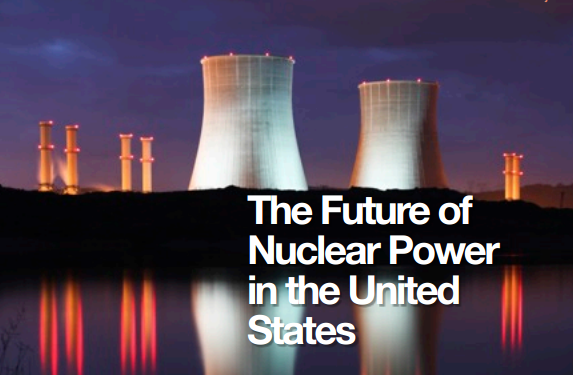
The Future of Nuclear Power in the United States
In the wake of the devastating meltdown at the Fukushima Daiichi Nuclear Power Plant in Japan, many Americans are now reevaluating the costs and benefits of nuclear energy. If anything, the accident underscores that constant vigilance is needed to ensure nuclear safety.
Policymakers and the public need more guidance about where nuclear power in the United States appears to be headed in light of the economic hurdles confronting construction of nuclear power plants, aging reactors, and a graying workforce, according to a report (PDF) by the Federation of American Scientists (FAS) and Washington and Lee University.
To maximize clean energy deployment, we must address the project development and political barriers that have held us back from smart policymaking and implementation that can withstand political change. Here’s how.
The new alignment signals a clear shift in priorities: offices dedicated to clean energy and energy efficiency have been renamed, consolidated, or eliminated, while new divisions elevate hydrocarbons, fusion, and a combined Office of AI & Quantum.
In a new report, we begin to address these fundamental implementation questions based on discussions with over 80 individuals – from senior political staff to individual project managers – involved in the execution of major clean energy programs through the Department of Energy (DOE).
Achieving energy abundance requires reforming electricity markets, refreshing electric utility regulation and rethinking the way we pay for grid infrastructure.